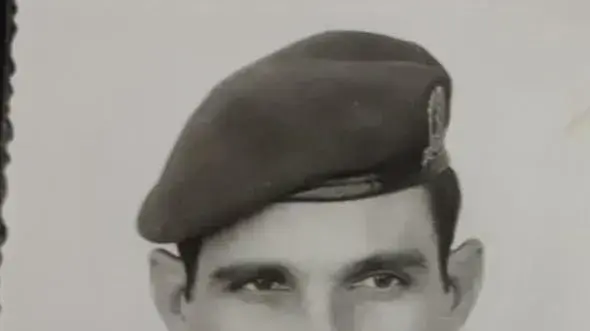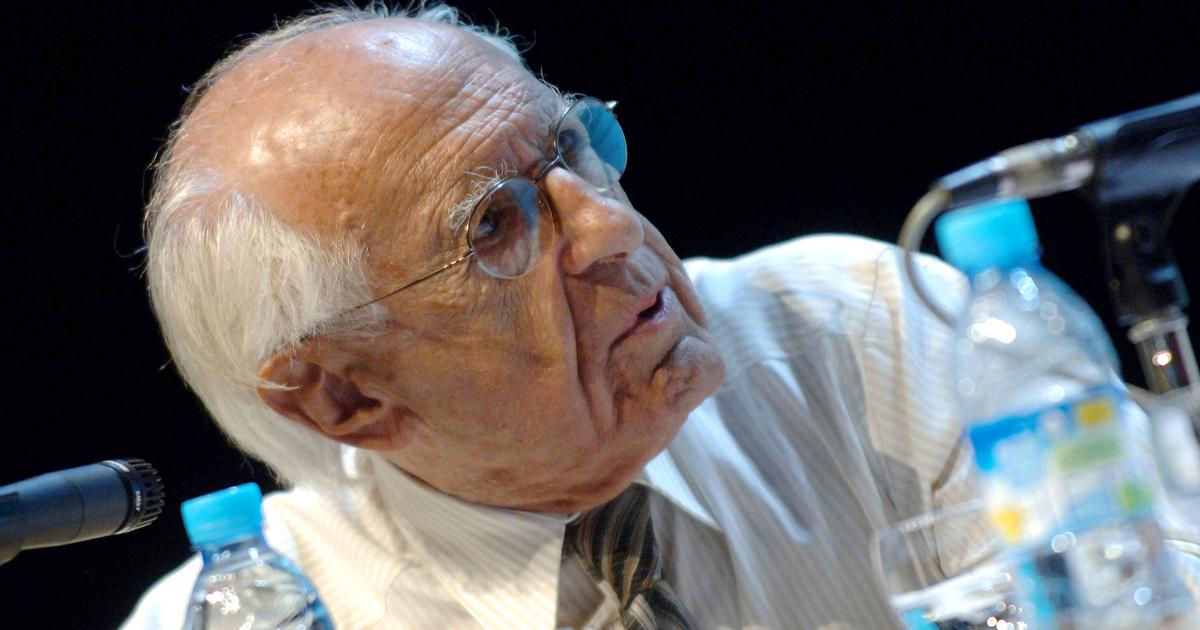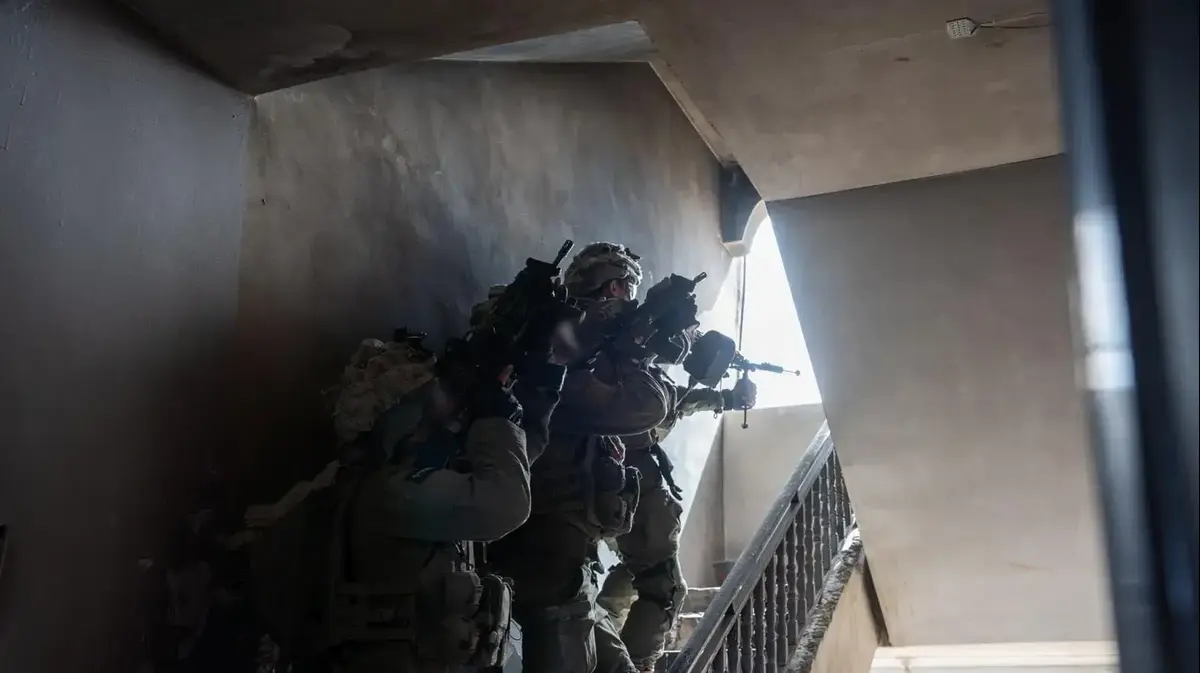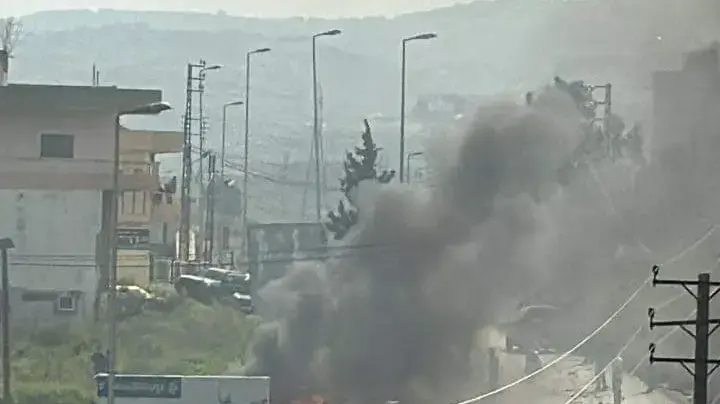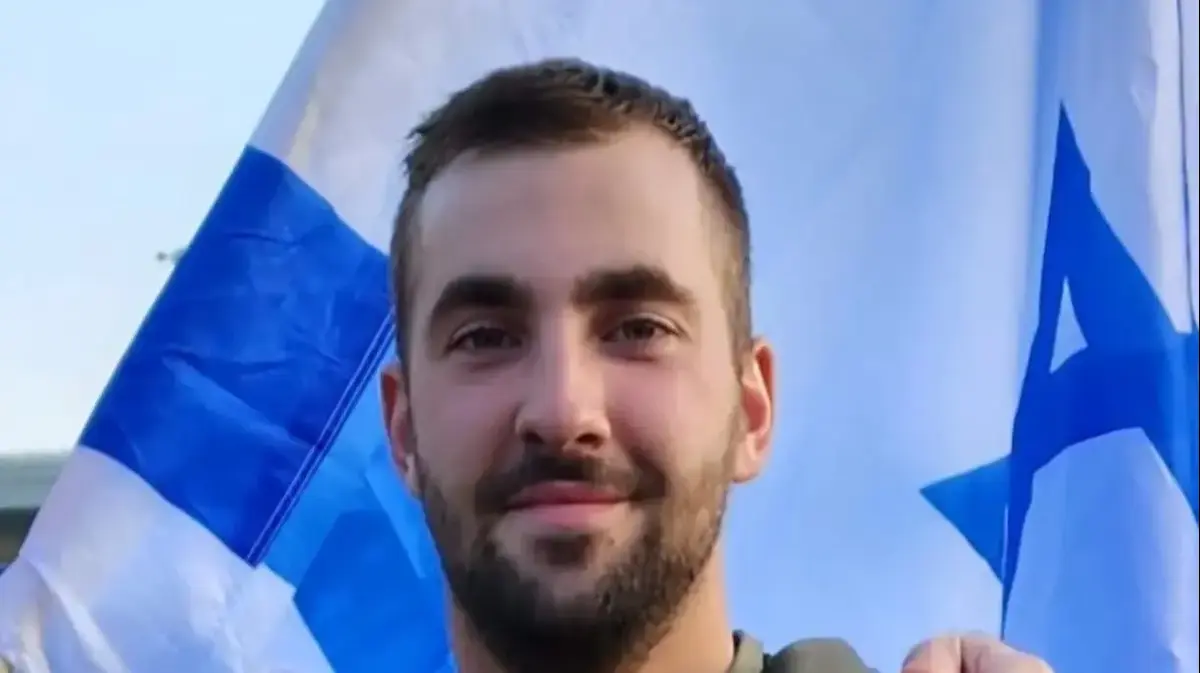marching song
The warrior Bar-Kochba: the "field man" of Unit 101
Bar-Kochva Guy was one of the first fighters of the IDF's first commando unit, and participated in one of its most famous operations. This week he passed away at the age of 87. "A faithful, reliable, brave and cold-hearted friend"
Eli Ashkenazi
04/08/2022
Thursday, 04 August 2022, 16:26 Updated: Saturday, 06 August 2022, 07:48
Share on Facebook
Share on WhatsApp
Share on Twitter
Share by email
Share in general
Comments
Comments
Bar Kochba Guy (photo: courtesy of the family)
In September 1953, Bar-Kochva was a "MM Mishkim" guy in Nahal.
He and his soldiers were in Kibbutz Ma'agan Michael and were sent to the Negev.
Danny Mat, the commander to whom he was subordinate, ordered him one day to take some soldiers with him and travel with two commanders to Wadi Abyad in the Nitsana area.
"There you will meet a group of people, this is unit 101. You are attached to them for a week," the battalion commander ordered him.
"I arrived at Wadi Abiad. I met a group of 11 people there and I didn't know anyone. They looked like some very strange unit, and really not military," Guy later recalled.
At the end of that week he became one of the fighters of that strange unit and three months later he was already a member of a squad of four fighters in one of the most famous operations of the IDF commando unit, Operation "Silk Gloves". The operation is considered a milestone in the formation of what was defined beyond the "initiative" The "warrior" of the IDF.
This week, Bar-Kochva Guy passed away at the age of 87. "A loyal, reliable, brave and cool-headed friend," David Ben-Uziel ("Tarzan"), his friend in Unit 101, said of him. "When you go into action, he is the man you want to have by your side." , he added.
Bar Kochba Guy (photo: courtesy of the family)
Bar-Kochva was born in 1935 in Rosh Pina settlement, to his parents Zion and Naomi Blum.
Fourth generation of the Blum family who immigrated from Romania and were among the founding nucleus of Rosh Pina.
The mother, Naomi, is a member of the Borstein family from Mizfat.
He was born a year after his older brother and his parents named him Bar-Kochva, as the name of the leader of the revolt against the Romans.
Over the years, when he served in the regular army, he changed his last name from "Bloom" to "Guy" and his first name used to be shortened to "Kochba".
When he was ten years old, his father passed away and his mother moved with her two children to Haifa.
The eldest brother was sick and the mother barely supported the two boys.
They lived in difficult conditions, in a one-room apartment with a bathroom that was shared with other apartments in the building.
At the end of the 8th grade, he started working to help support the family, and at the same time he joined the working youth movement.
Together with his fellow movement members, he joined a youth group that was educated in Kibbutz Ein Zeytim near Safed and later moved with his friends to Kibbutz Ramat Rachel near Jerusalem.
good to know (in advance)
Due to growing demand for effective pain treatment: B-Cure laser in a special sale
Served on behalf of B Cure Laser
Bar Kochba Guy (photo: courtesy of the family)
At the age of 17, he enlisted in the IDF and served in the Nahal.
As part of the Nahal, he was appointed to be the commander of new immigrants who had just arrived in Israel and were several years older than him. After that, he moved to command the Nahal units at Ma'agan Michael and a short time later was transferred to Unit 101.
Retired Colonel Uzi Elam, who was An intelligence officer in the paratrooper brigade and author of the book "Night Raid: Retaliatory Operations: From Defense to Initiative," Guy said that after the week alongside the 101st fighters, he turned to their commander, Eric Sharon, and asked him to join them. "He said to me: Come.
I answered: What do you mean, come, I'm a soldier and he replied: Come to the staff (the base location of the unit), I'll arrange everything.
I arrived at the staff.
Shlomo Baum (deputy commander of the unit, AA) received me with warmth and joy and he said to me: Go to Meir Har Zion's squad.
I came to Meir, he also received me kindly, and that's how I joined Unit 101."
The unit was established in the middle of 1953 in view of the unstable security situation along the country's borders, and failures in dealing with terrorist infiltrations and terrorist attacks in the settlements of the book, a phenomenon that was then called "infiltration".
Meir Har Zion's squad is returning from a tour.
Winter 1953. From the right: Meir Har Zion, Shimon Kahaner ("Kache"), Eitan Bentov ("The Sprout"), Yona Bandman, Bar Kochba Guy (photo: courtesy of those photographed, from the David Ben Uziel collection)
The unit had about 60 officers and soldiers.
Although it was only active for five months, it managed to make a mark over the years.
The unit restored confidence in the IDF's ability to respond to the phenomenon of infiltration and return the initiative to its hands. The night raid became the tool that brought the unit its fame and after five months, when the 101st was assimilated into the 890th paratrooper regiment, this style of operation began to spread to other units and become a central element in the unit's spirit The elite of the IDF.
The unit's operations required a high level of night navigation ability and high physical fitness to reach destinations far from the border.
Bar-Kochva had excellent field skills and the ability to notice details and subtleties in the field.
Most of the operations of Unit 101 were carried out by squads of four-five fighters dressed in civilian clothes, with very limited communication equipment at the transmission distance and without any assistance from additional units for rescue, backup and medical purposes, as has been customary for years.
On December 16, 1953, two IDF soldiers were murdered near Beit Govrin and in response it was decided that Unit 101 would go on retaliatory operations in the Mount Hebron sector and harm Jordanian soldiers or policemen. On December 21, the beginning of a cold and rainy winter, three squads of the unit went out from the area of Kibbutz Netiv Hel "E to three different destinations.
Two squads were exposed on the way and had to turn back.
The Mount Zion squad reached the destination and carried out the mission.
Elam writes in his book that Sharon saw this operation as "a sign and example of an action that should and must be learned from."
Alongside the squad commander, Herzion, Bar-Kochva Guy, Shimon Kahaner ("Kacha") and Yonatan Ben-Tov ("The Sprout") participated in the raid.
The four walked more than 21 kilometers in severe cold, in mud and part of the way in snow, to the destination in Hebron.
The squad slipped past midnight, the time when they were supposed to start returning according to the plan.
The battle began after they were exposed because of the white background of the snow they were walking on and the sky which was lit up on a full moon night.
They blew up a house and killed several soldiers from the Jordanian National Guard.
Although exposed, they managed to return safely, the way they came.
Elam writes in his book that "'Operation Silk Gloves' is considered one of the most difficult and complicated in the history of the IDF.
Meir Har Zion set an unprecedentedly high standard in the action in Hebron."
Guy described the action to Ulim and said "because it was a winter night - and we had nothing more than a shirt and a sweater.
Meir was clear that adherence to the goal is adherence to the goal, and he said that we continue to Hebron.
Meir always knows where he is going."
When they returned to Netiv Hala, Sharon and Chief of Staff Moshe Dayan were waiting for them with hot soup.
In January 1954, Bar Kochba joined the 890th paratrooper battalion with most of his friends.
After he was released from military service, he married Nurit and they lived in Kibbutz Mahaniim in the Upper Galilee.
A short time later they moved to Moshav Nir-Banim.
The couple had a daughter and a son - Edna and Shahar.
Shahar was a MM in the armor. At the age of 21, he was killed near Sidon, on the second day of the First Lebanon War.
Bar-Kochba also served in the armor corps after he returned to permanent service shortly after being released from regular service and converted to armor. He was even sent with his family for three years to Uganda to guide the soldiers of the Ugandan army. In addition, he was a battalion commander and deputy brigade commander and in the Yom Kippur War he was by Sharon's side, his commander 20 years earlier, in the 101st. He was released from permanent service with the rank of lieutenant colonel.
He and Nurit separated and he moved to Tel Aviv, He was a businessman and married a second time, to Lydia. The couple had a son and a daughter - Oded and Keren.
Over the years he kept in touch with a group of friends from the time of Unit 101 and the paratroopers, mainly with Kecha.
"They were different from each other, but there was an amazing combination between them. Kecha was an organizational person and Kochba was a field animal," said Nurit.
According to her, Kecha's death two and a half years ago was a hard blow for him.
https://news.walla.co.il/item/3338035
On Sunday Bar Kochba passed away and was brought to burial in Nir-Banim, the place he says will always remain his home.
His grave was dug above the head of his son's grave, Shahar.
news
Army and security
Tags
IDF
Unit 101

